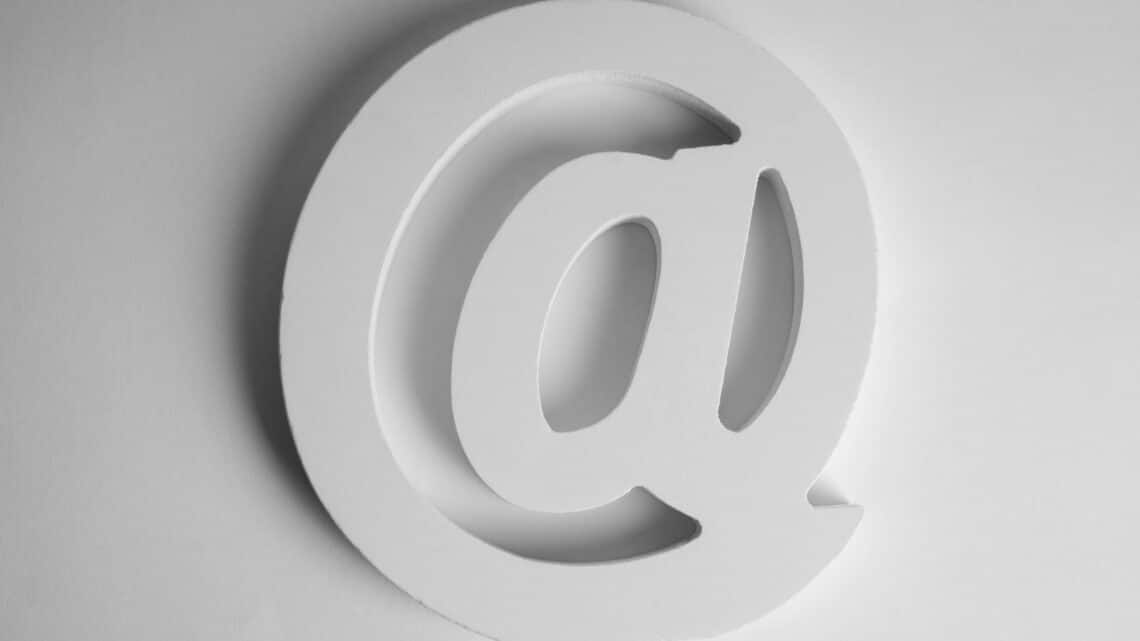
Creating a professional e-mail address: a practical guide
Creating a professional e-mail address: the importance of professionalism
With the advent of technology and the Internet, electronic communications have become the main means of communication in the professional world. Having a professional e-mail address is essential to give your company a serious and credible image. In this article, we'll explain why it's important to professionalise your e-mail address and how to create one.
Why professionalise your e-mail address?
It's important to professionalise your e-mail address because it builds trust with customers and business partners. By using a personalised e-mail address with your company's domain name, you show that you take your business seriously and are ready to establish lasting professional relationships.
A professional e-mail address also gives your company greater visibility. By using your own domain name, you can easily promote your brand and your website. This strengthens your online identity and makes it easier for people to recognise your company.
Finally, a professional e-mail address allows you to manage your communications more effectively. By separating your professional life from your personal life, you can organise and process your e-mails more efficiently. You avoid mixing important information with unwanted or personal mail.
How do I create a professional e-mail address?
To create a professional e-mail address, you need to follow a few simple steps:
1. Choose a domain name: choose a domain name that reflects your business and your brand. It's best to choose a short name that's easy to remember and spell.
2. Register your domain name: once you have chosen your domain name, you need to register it with a registrar. There are many online registrars where you can buy your domain name.
3. Choose an e-mail service provider: once you have registered your domain name, you need to choose an e-mail service provider that will allow you to create your business e-mail address. Some popular providers include Google Workspace, Microsoft 365 and Zoho Mail.
4. Configure your e-mail address: once you have chosen your e-mail service provider, you need to configure your business e-mail address. This usually involves creating an account, choosing a username and password, and customising your account settings.
5. Use your professional e-mail address: once your e-mail address has been set up, you can start using it to send and receive professional e-mails. Don't forget to include it in your professional signature and to share it with your professional contacts.
In conclusion, professionalising your e-mail address is essential to give your company a serious image. It builds trust with customers and business partners, improves your online visibility and makes it easier to manage your communications. By following the simple steps described above, you can easily create a professional e-mail address for your company.
